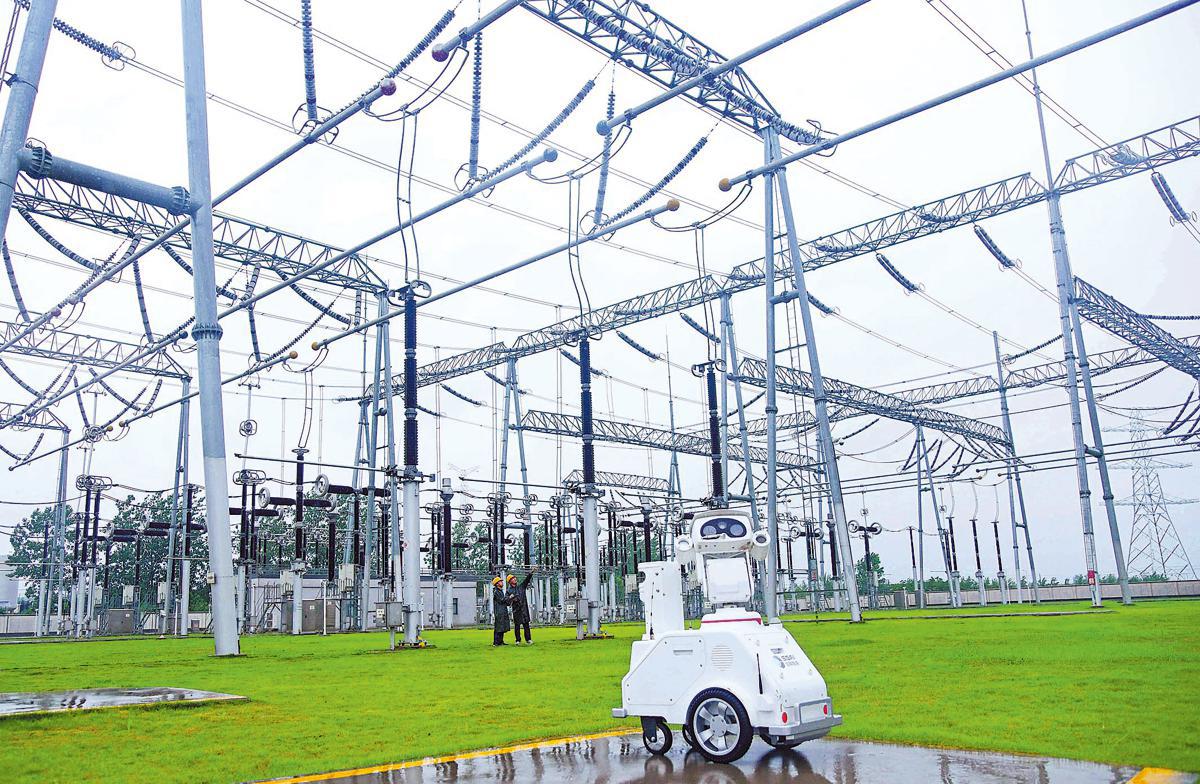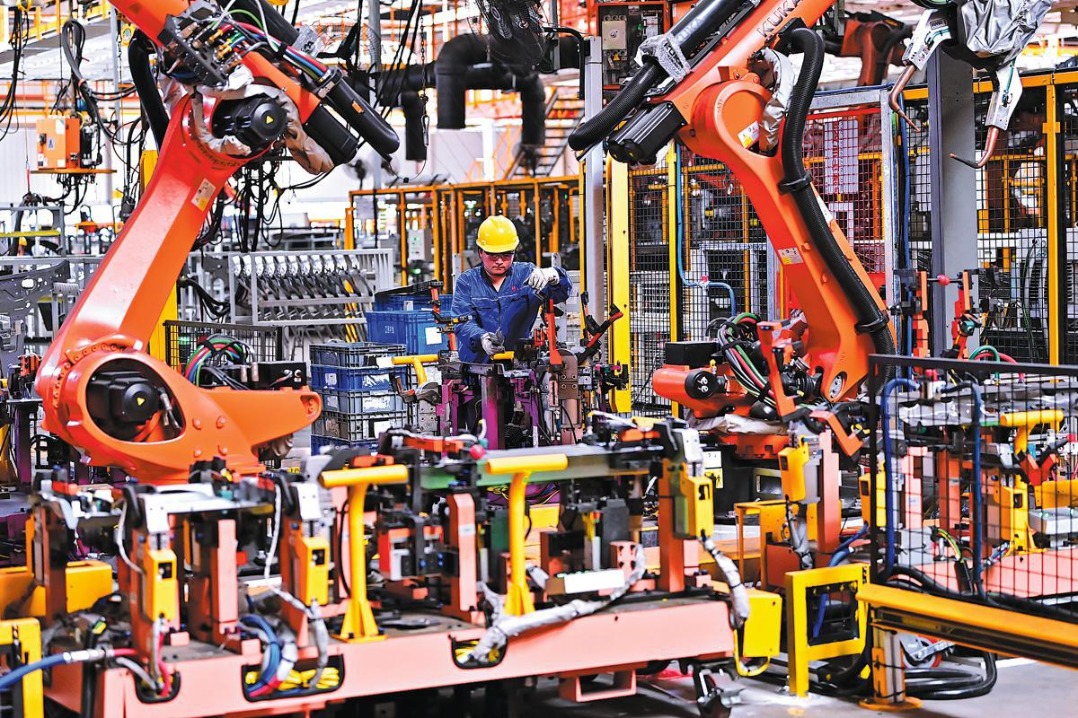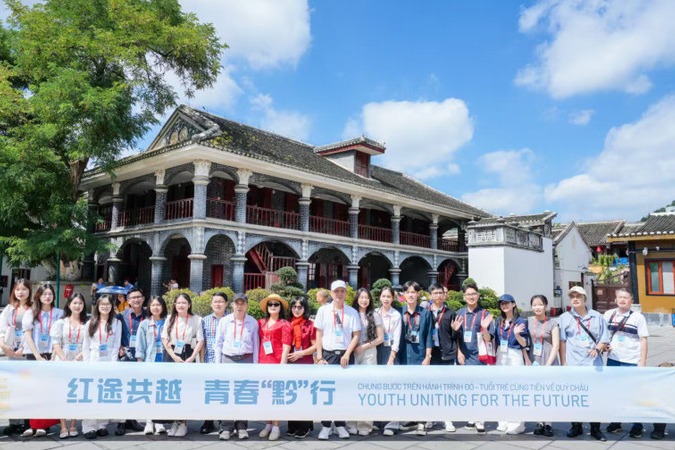5G-A bridge to new telecom, industry era
Improved solution provides a glimpse of even-faster 6G; to drive industrial transformation with AI for better connectivity and more innovation


Challenges included insufficient technical expertise, a shortage of skilled personnel, and the sheer volume of code, which led to a critical impasse: code reviews were often "unclear, unmanageable, and unfinishable". This bottleneck resulted in high system resource consumption, slow business response times, and poor user experience.
The key to breaking this deadlock was the deep empowerment provided by the Guangming Power Large Model. This industry-specific large model, developed by State Grid Corp of China and featuring 100 billion parameters, integrates foundational capabilities from models like DeepSeek. Utilizing "incremental pre-training plus industry fine-tuning", it has fundamentally transformed code review from labor-intensive "manual faultfinding" to efficient "AI-powered intelligent diagnosis".
This "super brain" now provides robust support for the secure operation of the power grid, the integration of renewable energy sources, and the continuous improvement of power supply services. "The 'Cool-Good' agent represents a significant leap forward in leveraging AI to ensure the reliability and efficiency of critical national energy infrastructure," Ye said.
The synergy between 5G-A's wide coverage and AI route optimization is also enhancing efficiency and cutting costs. In autonomous driving, 5G-A's sub-meter positioning merges with satellite navigation to enable cm-level vehicle precision — critical for parking and highway autonomy, Huawei said.
These innovations aren't just incremental. They are laying 6G's groundwork. Features like AI-native networks and space-terrestrial integration mirror 6G's vision of ubiquitous, self-optimizing connectivity, experts added.
Xu Zhijun, rotating chairman of Huawei, said the telecom market has entered a mature phase, yet change is omnipresent. By identifying shifts and capturing growth-driven demand, the industry can fuel further expansion.
Xu said more efforts can be made to boost the supply and consumption of high-definition videos through coordinated efforts across the entire ecosystem, and to bring 5G to every car for new growth in intelligent connected vehicles.
According to a forecast by the China Industry Innovation Alliance for the Intelligent and Connected Vehicles, 5G-connected vehicles will account for 30 percent of all cars sold in China in 2025, with penetration expected to rise steadily to 95 percent between 2026 and 2030.
Xu said autonomous vehicles must be capable of independent perception and decision-making during self-driving operations. While both the vehicle cabin and the car itself require network connectivity, their needs differ, as do their business models. Therefore, these systems should operate independently, each maintaining its own connection.
"The industry must seize this growth opportunity in intelligent connected vehicles," Xu added.
According to Huawei, commercially, experience-driven monetization is key to 5G-A's success. By translating network capabilities into premium user experiences — such as cloud gaming and multi-angle sports streaming — 5G-A enables innovative payment models. This "pay-for-experience" trend is reshaping consumption and unlocking new value.
But challenges still exist. Wu Hequan, an academician of the Chinese Academy of Engineering, said that in recent years, emerging applications such as augmented reality and the low-altitude economy have created growing demand for high uplink bandwidth. However, current 5G networks face shortcomings in insufficient uplink speeds.
According to Wu, while China's mobile networks have achieved remarkable progress in downlink speeds — with 5G being seven times faster than 4G and 5G-A 10 times faster than 5G — the uplink speeds still significantly lag behind downlink performance.
Vivek Badrinath, director-general of GSMA, said the past year has seen major strides in 5G and AI worldwide. Moving forward, GSMA will deepen collaboration with Chinese telecom carriers to seize 5G-A's opportunities in enhanced performance and system efficiency to scale AI in manufacturing, ports and beyond.
The economic impact is staggering. GSMA forecasts 5G and 5G-A will generate $1 trillion in value by 2030. In China, early adopters like China Telecom showcase the potential. Their 5G-AI-satellite hybrid networks now support more than 200 low-altitude economy projects, from drone logistics to emergency response.
Yang Jie, chairman of China Mobile, the world's largest telecom carrier, highlighted the dawn of the "AI plus era", in which AI outperforms humans in tasks like image recognition and complex reasoning.
"Silicon-based lifeforms, such as AI devices, connected vehicles and robots, will soon outnumber humans," Yang said. "AI presents unprecedented opportunities. China Mobile aims to be a provider, aggregator and operator in this new era," he added.
As AI breathes life into 5G and 5G-A accelerates toward 6G, China's blueprint offers a global case study. True innovation thrives when connectivity and intelligence converge — not just in labs, but in the lived realities of factories, skies, and cities. At this crossroads, the next decade of digital transformation is being written, experts added.
masi@chinadaily.com.cn
























